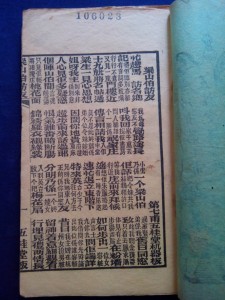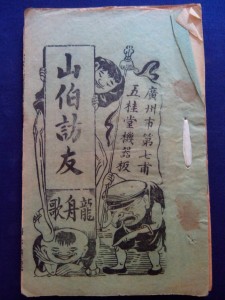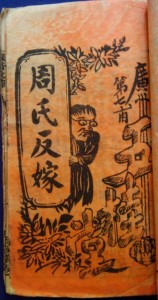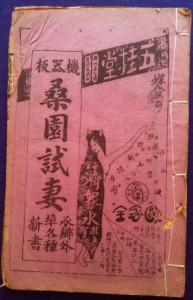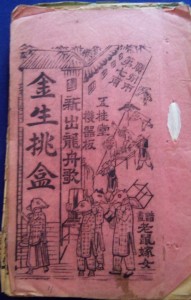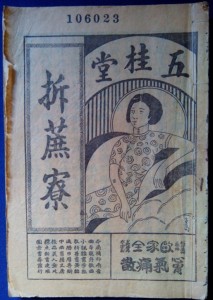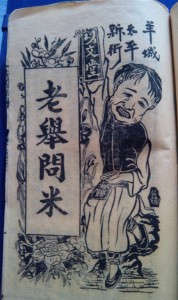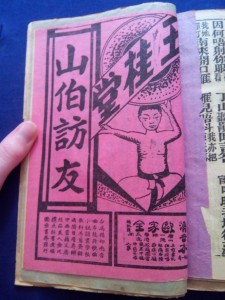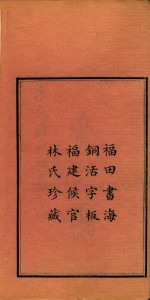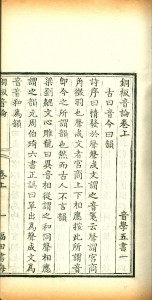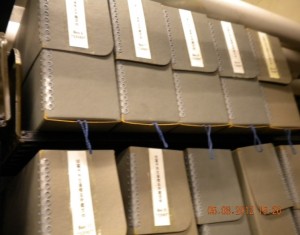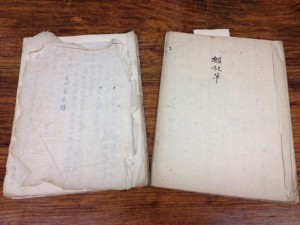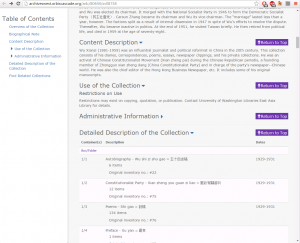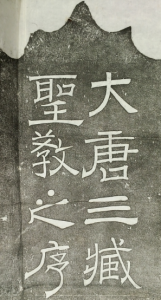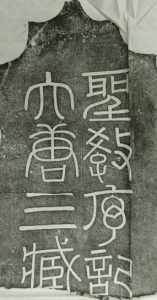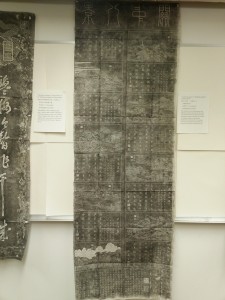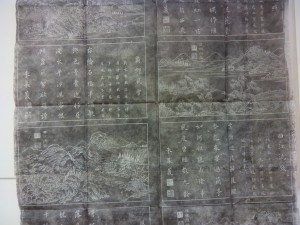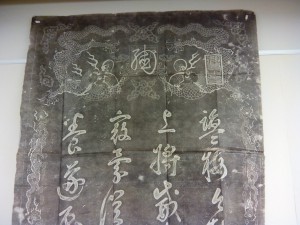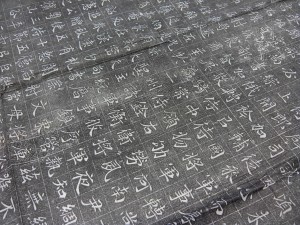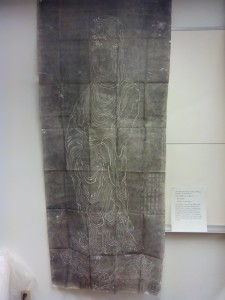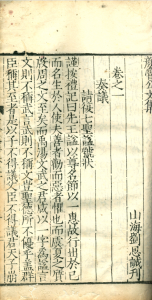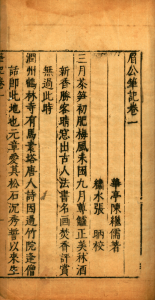Mu yu shu (木魚書), literally “wooden-fish books”, are books of lyrics to certain types of folk songs and narrative songs primarily from Hong Kong and Guangzhou Province in the south of China. These books were popular in the 19th and early 20th century, but political/cultural changes at that time led to a sharp decline and then cessation of publication. Only a handful of libraries worldwide hold examples of this fascinating genre.
They are written in a mix of standard written Chinese (but more similar to classical Chinese than standard written Chinese is today) and Cantonese-specific words and phrases. The songs consist of seven-syllable quatrains (although “padding” syllables are often added) which exhibit patterns of rhyming in the final syllables of the quatrains, along with other structural conventions.
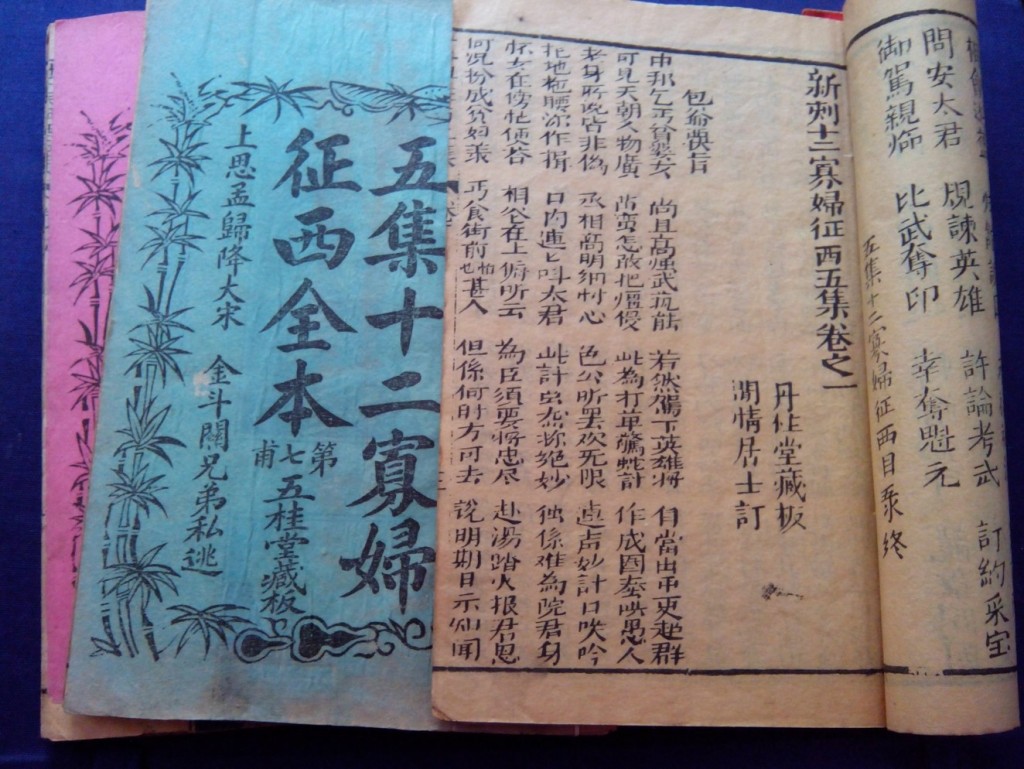
UW holds 13 boxes labeled as “Mu yu shu”, containing approximately 300 items. However, through a consultation with Professor Yung, an expert in Chinese ethnomusicology from the University of Pittsburgh, we learned that the first two of these boxes actually contained not mu yu shu, but Cantonese opera. From Prof. Yung, we learned techniques for differentiating these two genres based on certain structural and notational differences.
The thirteenth “Mu yu shu” box contained a mix of authentic mu yu shu along with various other materials, such as books of narrative prose, Buddhist texts, and more modern books about Chinese opera. In the course of cataloging the materials from the other boxes, we also discovered 14 other titles which, while intermixed with the authentic mu yu shu, seem not to be straightforward examples of this genre. We pulled aside these titles for further review and authentication by Prof. Yung or another ethnomusicologist at a later date.
Emily Jantz, Chinese Cataloging Specialist and Student Team Leader for the project, with able assistance from project student workers, cataloged UW’s mu yu shu and Cantonese opera collection.
Original cataloging records were created for UW’s 40 titles of Cantonese opera, and 263 titles of mu yu shu. (In addition to this original cataloging, some of the volumes of mu yu shu and Cantonese opera items were discovered to be partial or complete duplicate copies—either completely identical or a reprint from the same publisher and woodblock. An additional approximately 50 titles were identified as likely having an existing cataloging record in OCLC already.)
There were many challenges to cataloging this unique material type, including the challenge of creating good records from the very minimal information on the pieces, challenges of disambiguating between very similar items, the fact that in many cases several unrelated short titles had been later rebound into a single physical volume, and so on.
Additional mu yu shu examples, featuring excellent cover designs:
